Going through a scary or traumatic event can change how you feel, think, and act. If you’re a teen dealing with tough memories, bad dreams, or big feelings after something hard, you are not alone. At Adolescent Mental Health in Laguna Hills, California, we offer PTSD treatment online to help you heal. Our therapy is built just for teens, using kind, caring mental health professionals who understand what you’re going through.
Whether the trauma came from childhood abuse, sexual assault, natural disasters, or a stressful event like emotional abuse or domestic violence, we provide a safe place to talk, feel better, and move forward. We use proven, evidence-based treatments like cognitive-behavioral therapy, trauma-focused therapy, and online counseling that are easy to access from home.
Post-Traumatic Stress Disorder (PTSD) is a mental health condition that happens after someone experiences or sees something very scary, dangerous, or upsetting. This can be a series of events like an abusive relationship, sexual violence, or even medical trauma. PTSD affects your brain and body. It can lead to distressing memories, night terrors, and strong emotions like fear or sadness.
Teens with PTSD may:
These are called avoidance symptoms, reactivity symptoms, and trauma-related symptoms. The good news is, online therapy can help manage them and improve your quality of life.

Not every teen reacts to trauma in the same way. Some signs to watch for include:
If you or someone you love is feeling these things, getting help is a smart and strong choice.

We know how scary it can be to talk about hard things. That’s why we offer online therapy with licensed therapists who truly listen and care. You can join from anywhere in California. You can also join from your room — your safe space.
Our online trauma therapy programs help with:
Whether you’ve gone through one event or many, our care is built around your unique needs.
There are several types of psychological treatments that can help depressed adolescents feel better. These treatments are backed by research and approved by groups like the National Institute of Mental Health, the American Psychiatric Association, and the American Academy of Child & Adolescent Psychiatry.
We focus on the trauma itself and help you learn ways to cope, heal, and rebuild your sense of safety.
This therapy helps you look at scary thoughts and learn to change them with healthier thinking. CBT includes cognitive restructuring, which teaches you how to handle distorted sense of self, guilt, or blame.
This means gently facing the memories, with a trusted therapist, so they feel less scary over time. We also offer prolonged exposure and narrative exposure therapy for deep healing.
Sometimes words are hard. We use creative ways like drawing and painting to express intense emotions and make therapy easier.
We offer individual therapy and person sessions in a caring, non-judgmental space. Our goal is to build supportive relationships and help you feel understood.

Teens often feel more comfortable opening up at home than in a clinic. That’s why therapy online is so powerful. You get help without leaving your comfort zone. Online therapy platforms allow for person therapy while also offering space for online counseling when needed.
We’re based in Laguna Hills, California, and we’re built just for teens. Everything we do is for young people dealing with mental health challenges. We believe every teen deserves to feel heard, valued, and supported.
We treat many kinds of PTSD, including:
With qualified healthcare professionals, including Psychiatric Mental Health Nurse Practitioners, we also provide psychiatric care and medication-assisted treatment if needed.

If you’re a teen who’s had a distressing event or feels stuck in overwhelming emotions, it’s okay to reach out. We’re here to help you find your way back to feeling safe, happy, and whole.
We make a treatment plan just for you — using a holistic approach that treats your mind, body, and spirit.
Healing starts with one conversation. You don’t have to do this alone.
You don’t have to wait. We make it easy to:
Our team includes trained medical professionals, counselors, and therapists who understand the aspects of depression and the factors for depression that teens face today.
It’s private therapy through video sessions with a licensed professional who helps teens manage trauma symptoms.
Yes! Teens have shown great progress using online trauma therapy, especially with methods like CBT, exposure therapy, and trauma-focused care.
We help teens heal from sexual abuse, domestic violence, childhood trauma, medical trauma, and more.
Absolutely. We use secure, HIPAA-compliant online therapy platforms and keep everything private.
Just reach out to our team. We’ll walk you through the steps and help you feel comfortable before your first therapy session.

Adolescent Mental Health is a dedicated virtual mental health treatment center exclusively focused on the mental health needs of teenagers, offering specialized care to address the unique challenges teens and families face.
Compassionate support, expert guidance, and tailored programs for adolescent mental health.
Connect with Adolescent Mental Health today. Let us guide your teenager towards resilience and well-being.